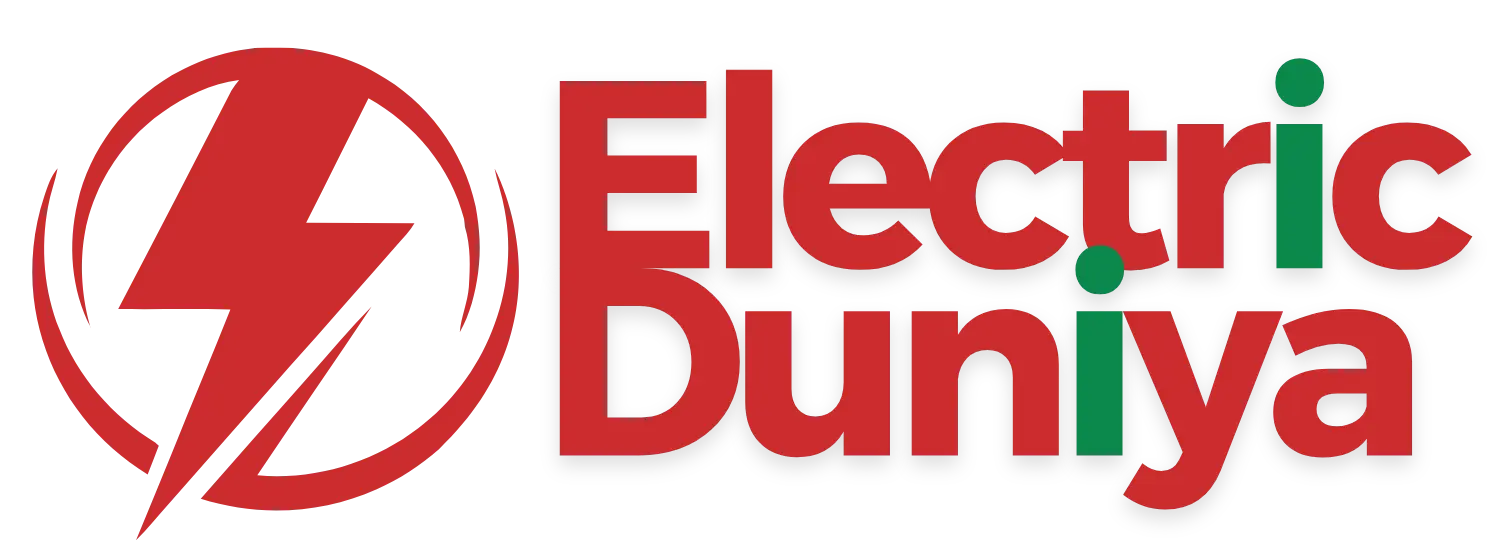Coasting
Coasting is when a driver stops pressing the accelerator pedal. The vehicle keeps moving using its momentum. In electric vehicles, coasting means the motor temporarily stops using energy. The car glides without using power, saving energy. This helps increase the vehicle’s efficiency.
Overview
Coasting is an important part of the energy-saving strategy in electric vehicles (EVs). Unlike traditional internal combustion engine (ICE) vehicles, EVs use coasting to preserve energy. This technique directly affects the driving range of EV owners. By removing unnecessary power use, coasting maximizes energy efficiency. When paired with regenerative braking, coasting optimizes energy usage. This improves overall vehicle efficiency in EVs.
How It Works
Coasting is a simple process that works by using the vehicle’s design to its advantage. When the driver lifts their foot off the accelerator pedal, the vehicle’s motor immediately stops providing power to the wheels. This action sets the coasting process in motion.
As the vehicle costs, the EV owner has options to customize the experience. Depending on the settings, coasting can activate the vehicle’s energy recovery system. This system slows the vehicle down and recovers some of the kinetic energy, converting it back into electrical energy. This energy is then stored in the vehicle’s battery, ready to be used again. Alternatively, the vehicle can be set to let the car glide freely. It uses its existing momentum to keep moving forward without consuming additional energy.
These options offer EV owners flexibility to balance energy conservation and driving comfort. They provide a smooth ride while promoting eco-friendly driving.
Features of Coasting
Here are some of the key features that make coasting an important part of EV technology:
- Customizable settings allow drivers to adjust coasting levels. They can also adjust regenerative braking levels.
- Seamless Transition provides a smooth shift between coasting and powered driving, delivering a comfortable ride.
- The vehicle’s range optimization is improved during slopes or flat roads.
- Well-designed EV systems are known for their improved efficiency, which is further increased by regenerative braking.
Applications of Coasting in Electric Vehicles
Coasting minimizes energy usage and allows the battery to retain more charge. Some EVs have intelligent coasting systems that automatically activate based on traffic or navigation data. These systems use real-time information to optimize coasting and improve efficiency. These systems predict when coasting will be most beneficial and adjust accordingly.
The combination of coasting and regenerative braking in the Tesla Model 3 sets an example of how EVs can maximize energy efficiency and promote sustainable driving practices. On downhill slopes or highways, coasting reduces energy consumption, preserving battery life. Its adjustable regenerative braking system integrates easily with coasting.
Conclusion
Coasting is an important feature in electric vehicles. It enhances energy efficiency, optimizes range, and provides a smoother drive. When paired with regenerative braking and intelligent systems, coasting enables electric vehicles to reach their maximum efficiency. As electric vehicle technology continues to evolve, coasting will remain essential for optimizing energy efficiency.
Effective use of coasting can improve driving experience and vehicle performance. By utilizing coasting, electric vehicle owners can adopt an environmentally friendly driving approach.

